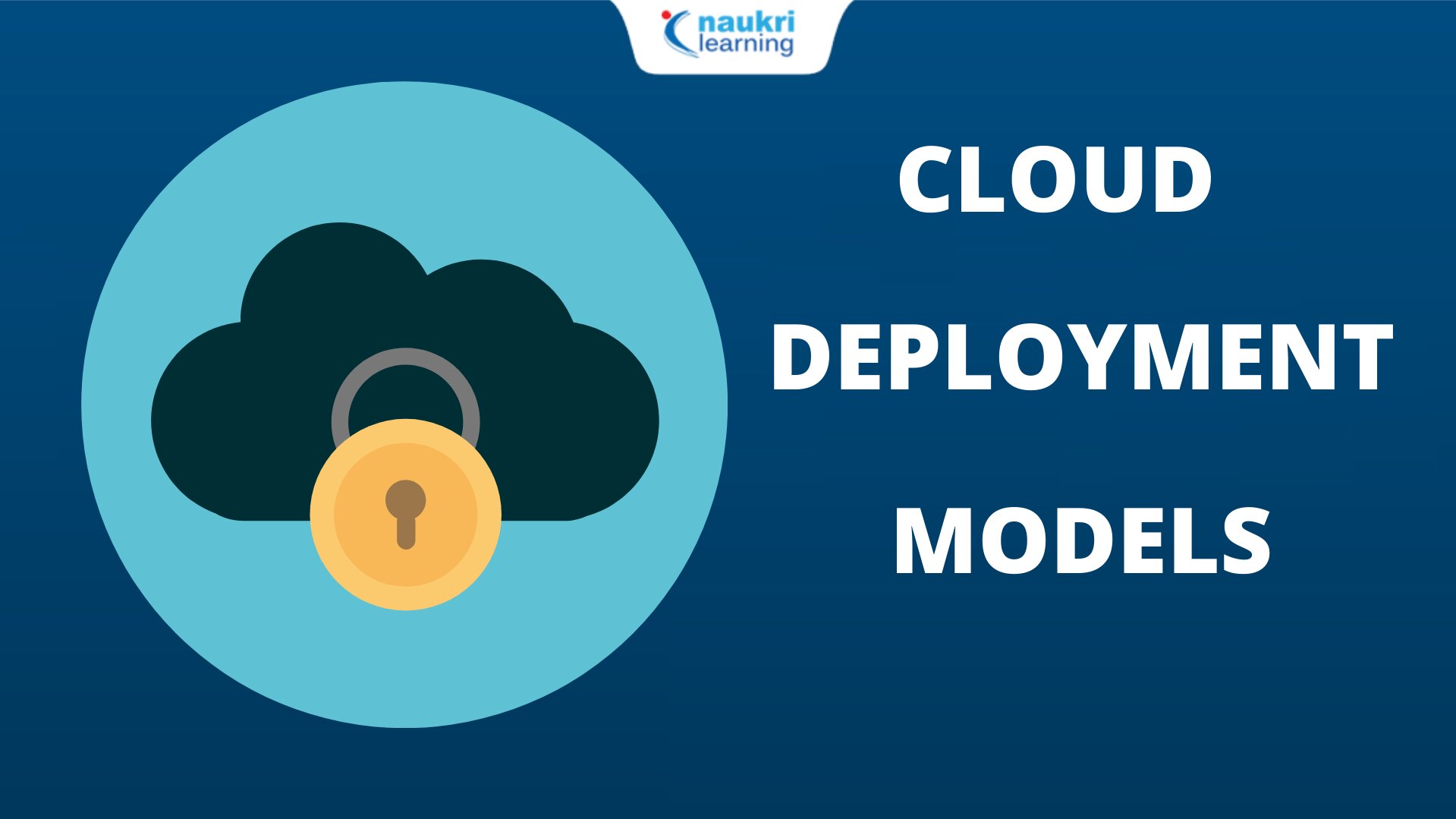Deployment Models of Cloud Computing 2024
Advertisment
Deployment Models of Cloud Computing
Cloud Computing has become a crucial component of many businesses’ technology strategies. Depending on their needs and security requirements, organizations can choose from various cloud deployment models. This article will explore four primary deployment models: Public Cloud, Private Cloud, Hybrid Cloud, and Community Cloud.
1. Public Cloud
1.1. Definition
The Public Cloud model delivers computing services over the internet and is accessible to multiple users. Providers like Amazon Web Services (AWS), Microsoft Azure, and Google Cloud Platform offer infrastructure and services that do not require users to manage hardware.
1.2. Advantages
- Cost-Effectiveness: Users only pay for the resources they consume, significantly lowering upfront investment costs.
- Scalability: Public Cloud allows businesses to easily scale resources up or down according to demand, making it ideal for fluctuating workloads.
- High Performance: Providers are responsible for maintaining and upgrading infrastructure, ensuring that users have access to the latest technology without additional effort.
1.3. Disadvantages
- Security Concerns: Since data is stored on shared servers, there can be concerns regarding data privacy and security breaches.
- Limited Control: Users have limited control over the infrastructure, which may restrict customization options.
Keywords: Public Cloud, Public Cloud model, advantages of Public Cloud
2. Private Cloud
2.1. Definition
The Private Cloud model delivers services exclusively for a single organization. The infrastructure can be hosted on-site or managed by a third-party provider, ensuring that the organization retains complete control.
2.2. Advantages
- Enhanced Security: Data is stored on a dedicated infrastructure, significantly reducing security risks.
- Complete Control: Organizations have full control over their infrastructure and can customize it according to specific needs.
- Optimized Performance: Resources are tailored to the specific requirements of the organization, which can lead to improved performance.
2.3. Disadvantages
- Higher Costs: Initial setup and ongoing maintenance of a Private Cloud can be significantly more expensive than using a Public Cloud.
- Complex Management: Requires a dedicated team to manage and maintain the infrastructure, which may increase operational overhead.
Keywords: Private Cloud, Private Cloud model, advantages of Private Cloud
3. Hybrid Cloud
3.1. Definition
The Hybrid Cloud model combines both Public and Private Clouds, allowing organizations to transfer data and applications between the two environments. This model provides the flexibility to utilize both types of services.
3.2. Advantages
- Flexibility: Organizations can easily move data and applications between Public and Private Clouds as their needs change.
- Cost Optimization: Sensitive applications can be hosted in the Private Cloud while less sensitive workloads can take advantage of the cost-effectiveness of the Public Cloud.
- Enhanced Disaster Recovery: Hybrid Cloud provides robust disaster recovery options, allowing businesses to quickly recover operations in the event of a failure.
3.3. Disadvantages
- Complex Management: Requires a clear strategy for managing and integrating the two environments, which can complicate operations.
- Potentially Higher Costs: While there is flexibility, the overall cost can be higher if not managed properly.
Keywords: Hybrid Cloud, Hybrid Cloud model, advantages of Hybrid Cloud
4. Community Cloud
4.1. Definition
The Community Cloud model provides a shared infrastructure for a group of organizations with similar interests or requirements, such as security and compliance. This model is often used in industries like healthcare, finance, or education.
4.2. Advantages
- Cost Sharing: Organizations can share the costs of developing and maintaining the infrastructure, making it more economical.
- Security and Compliance: Infrastructure is designed to meet the specific regulatory and compliance needs of the organizations within the community.
- Collaboration: Facilitates information sharing and collaboration among the organizations involved.
4.3. Disadvantages
- Limited Control: Organizations do not have the same level of control as they would in a Private Cloud.
- Management Complexity: Requires a well-defined strategy to manage shared infrastructure among different organizations.
Keywords: Community Cloud, Community Cloud model, advantages of Community Cloud
Conclusion
Choosing the appropriate Cloud Computing deployment model is vital for businesses. Each model has its unique advantages and disadvantages, and the decision should be based on specific organizational needs, budget, and security requirements. Public Cloud is ideal for small businesses with limited budgets, while Private Cloud suits organizations requiring high levels of security. Hybrid Cloud offers flexibility, and Community Cloud is beneficial for organizations with shared interests.
Advertisment








Post Comment